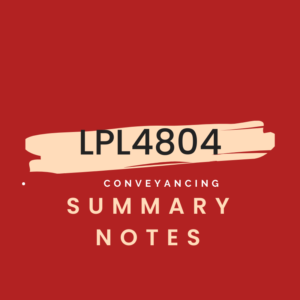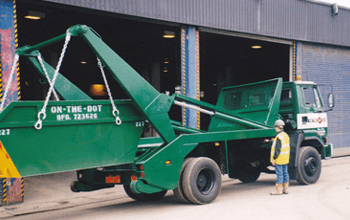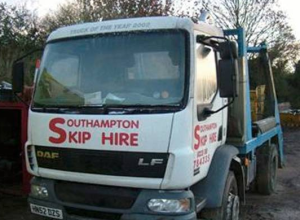
When buying or selling a property, conveyancing is an essential step in the process. Conveyancing refers to the legal process of transferring a property from one owner to another, and it requires specialized lawyers known as solicitors to complete. In this article, we’ll explore all aspects of conveyancing, from the original site to the completion.
What are the Different Stages of Conveyancing?
The conveyancing process usually begins with the buyer and seller agreeing on terms for the transaction. The solicitor will then send out a contract that includes a timeline and some conditions that must be followed in order for the sale to be completed. Once the contract has been signed by both parties, the next step is to exchange contracts. This is where the buyer and seller agree to exchange money and the title of the property.
What Are Searches and Enquiries?
Once the contracts have been exchanged, the solicitor must investigate whether there are any legal issues related to the property. This involves running searches and making enquiries about its legal history. Some common searches include local authority searches, drainage and water searches, and environmental searches. The solicitor must also make sure that there are no outstanding claims against the property, such as unpaid taxes or utility bills.

When Should I Exchange Contracts?
Once all searches and enquiries have been made, the solicitor will advise the buyer and seller to exchange contracts. This is a legally binding agreement that obligates each party to honour the terms of the sale. It’s important to understand, however, that exchanging contracts does not mean the sale is complete – it only means that an agreement has been reached between the two parties.
What Happens After Exchange of Contracts?
Once contracts have been exchanged, the solicitor will begin to prepare for the completion of the sale. Completion occurs when the buyer pays the seller and the title to the property is transferred from one party to the other. Before this can happen, however, the solicitor must arrange for all of the necessary documentation to be in place. This includes ensuring that the mortgage lender has approved the loan and that all taxes and fees have been paid.
What Is a Conveyancing Disbursement Fee?
In addition to the solicitor’s fees, buyers and sellers may also need to pay a conveyancing disbursement fee. This covers the costs of any searches, enquiries and documentations required to complete the sale. These fees vary depending on the complexity of the transaction and can range anywhere from £200 to £2,000.
How Long Does Conveyancing Take to Complete?
On average, conveyancing takes 8 to 12 weeks to complete. However, this timeline can vary depending on the complexity of the transaction and the speed with which both parties are able to sign documents. It’s important to bear in mind that this timeline may be extended if additional searches or documentations are needed.
Conclusion
Conveyancing is an essential part of the buying and selling process and requires specialized solicitors to ensure everything runs smoothly. The entire process can take up to 12 weeks, and buyers and sellers may need to pay search fees as well as a conveyancing disbursement fee. With the right preparation, however, you can ensure the conveyancing process proceeds without delay.


